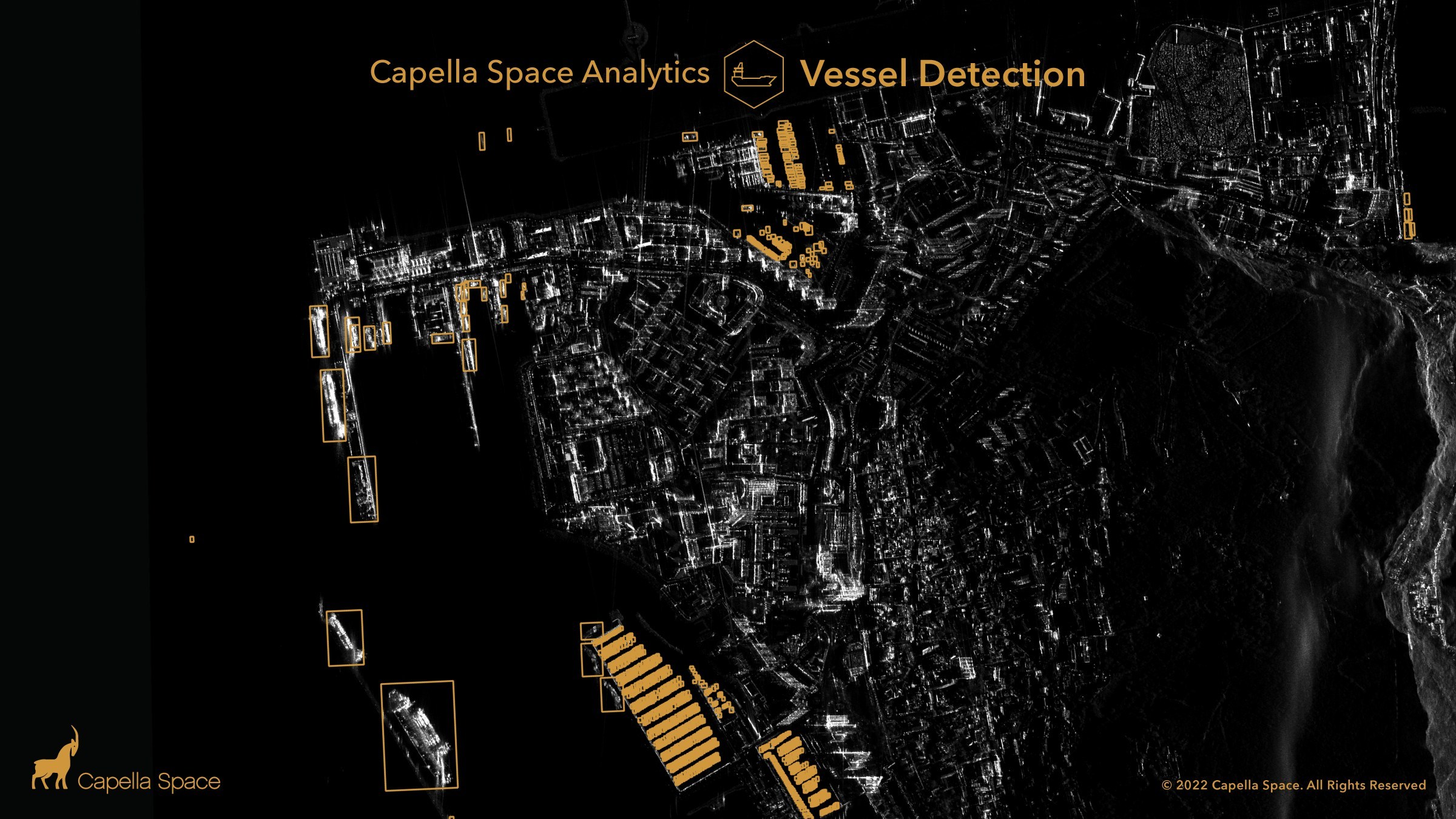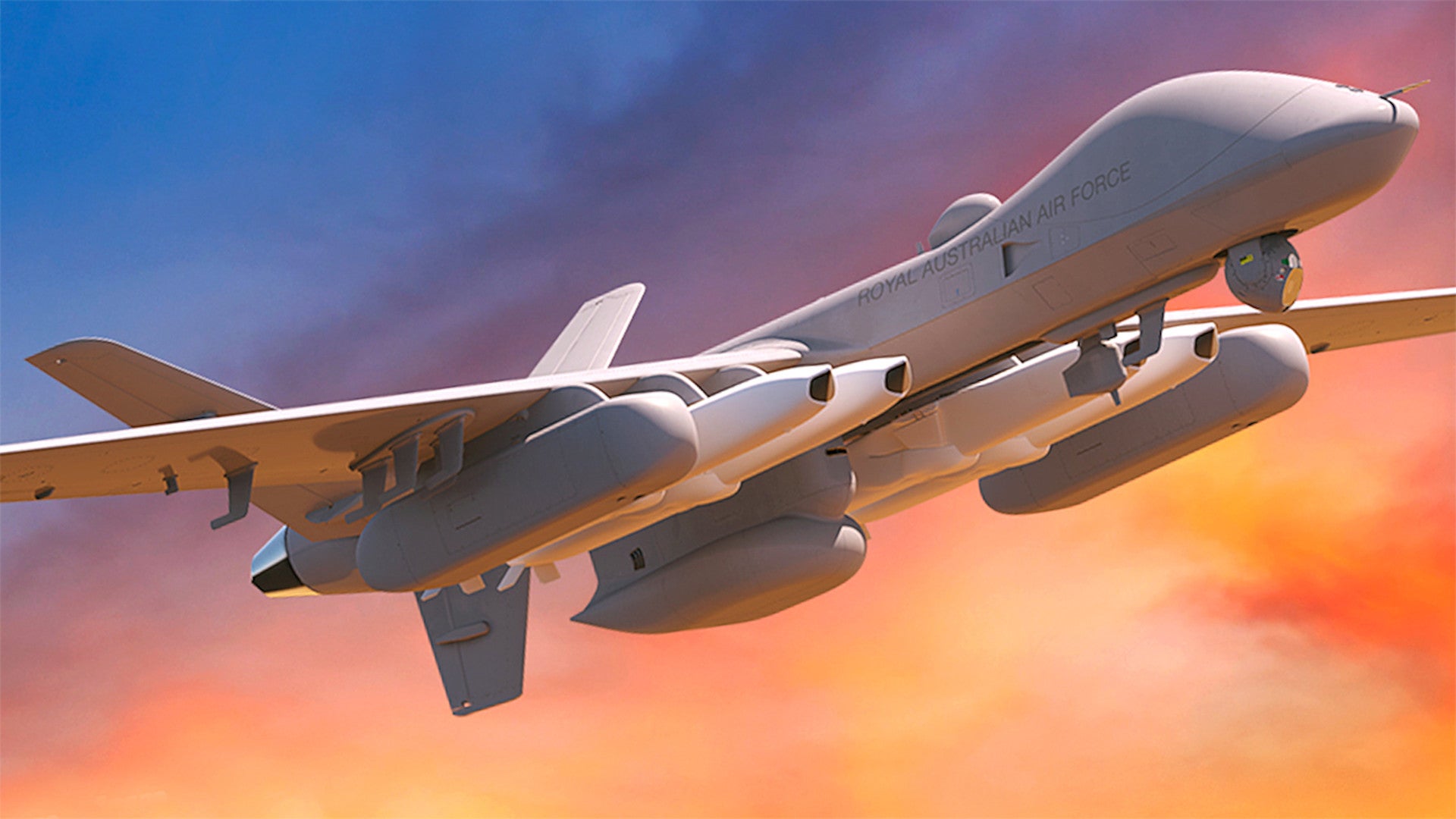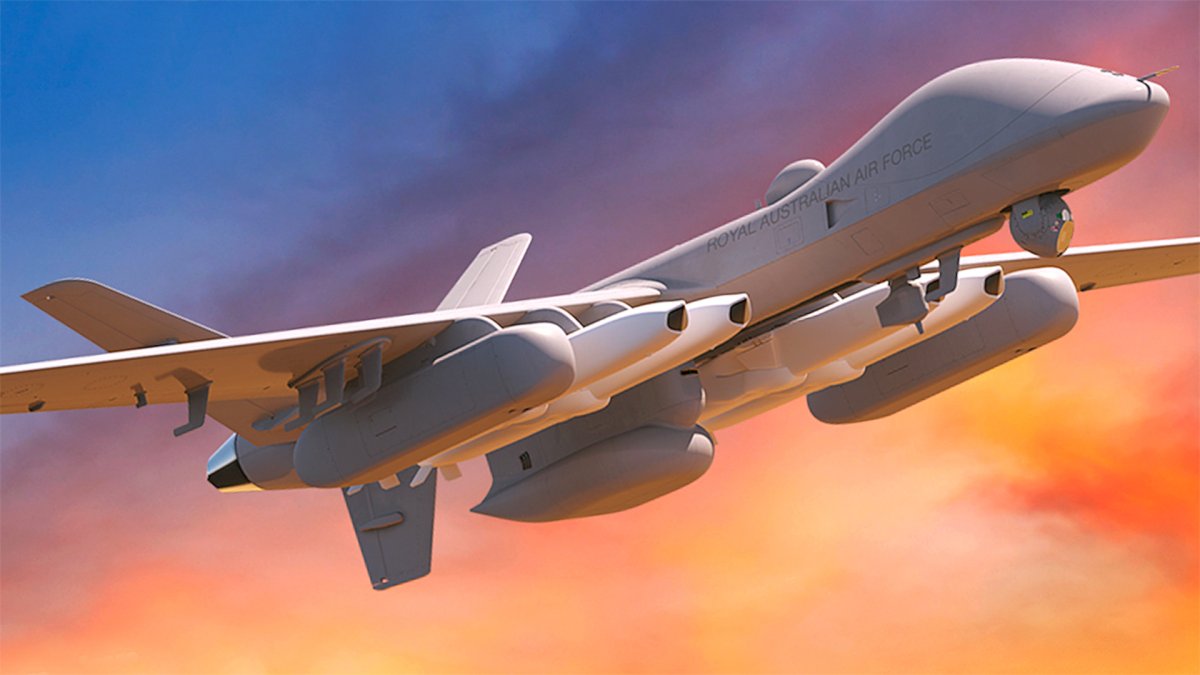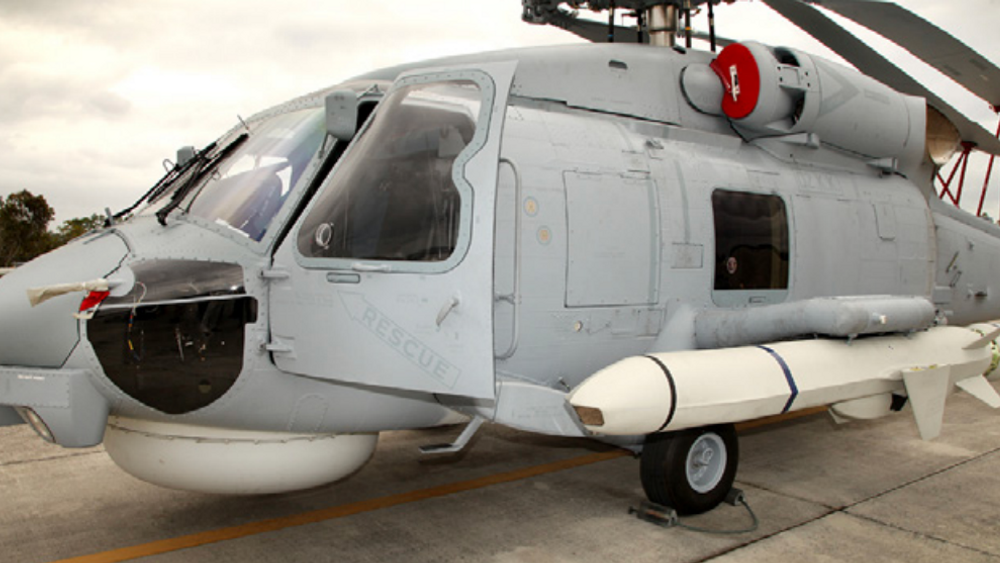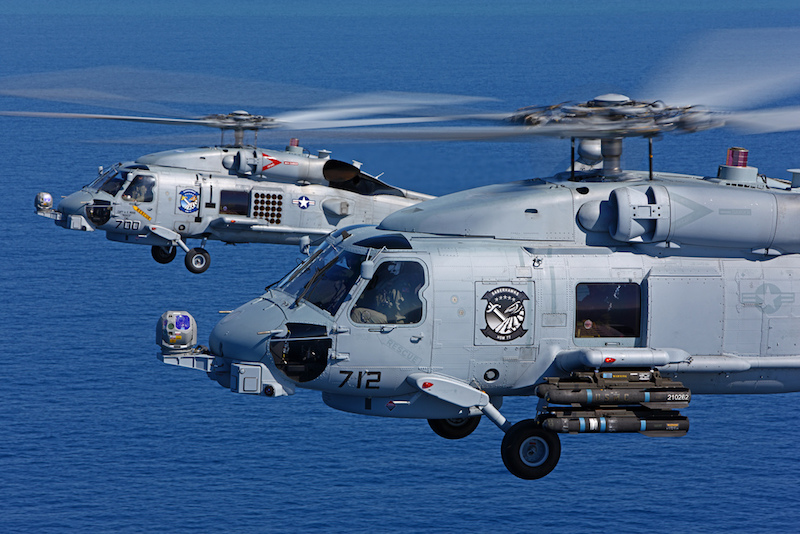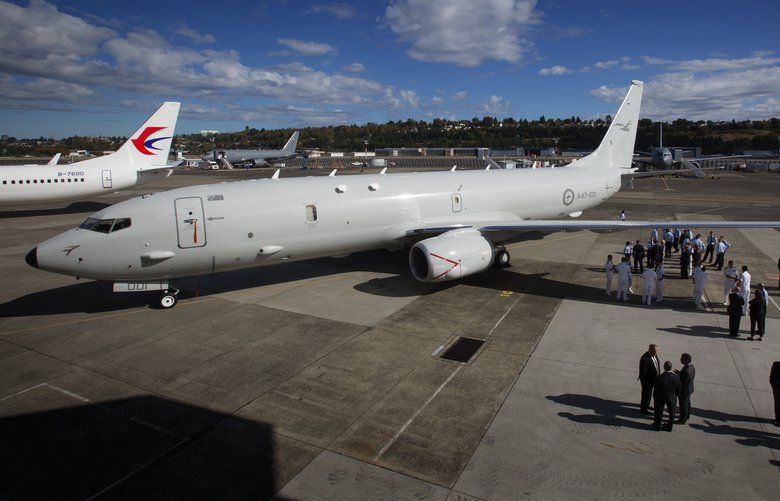Todjaeger
Potstirrer
Not to make this anymore unpleasant than it already is, but one also needs to consider what the RNZAF aviation assets are actually armed with. IIRC the only AShM in Kiwi service is the AGM-119 Penguin Mk 2 Mod 7 with a range of ~30 km, whilst the AGM-65 Maverick has been retired from service.Sadly, there is no sugar coating the current RNZAF ORBAT.
After decades of self induced delusion and 'hope' as our best defence, the country finds itself in an era of strategic competition where wolfs will take the dishonorably stupid and our only ally is more aware and embarrassed for us than we are. Four reconnaissance aircraft being the total sum of NZ air power is beyond pathetic. Collectively we have managed to denude our warrior class to nought, forget the lessons of history, and smugly wallow in our isolated hermit politics.
For those who think this is hyperbole, take another look at how dangerous our current situation is and then ask if our politicians and MoD have the with-all to comprehend and act decisively? Particularly after the last four decades of a clown show.
AFAIK the Penguin has not been integrated with the Poseidon and TBH I do not see anyone other than perhaps NZ being interested, and therefore willing to spend the coin needed to accomplish that. That basically means Kiwi Poseidon's are unable to do anything about detected hostile surface contacts. It is also worth noting that the Greens, at the time the Poseidons were ordered, was also fighting to keep them from being armed.
In turn, what this means is that any hostile naval power could theoretically send a warship armed with SAM's with the capability of something like the ESSM and more than 20 AShM to take hostile actions vs. NZ and NZ shipping, and the NZDF would be unable to respond effectively.


